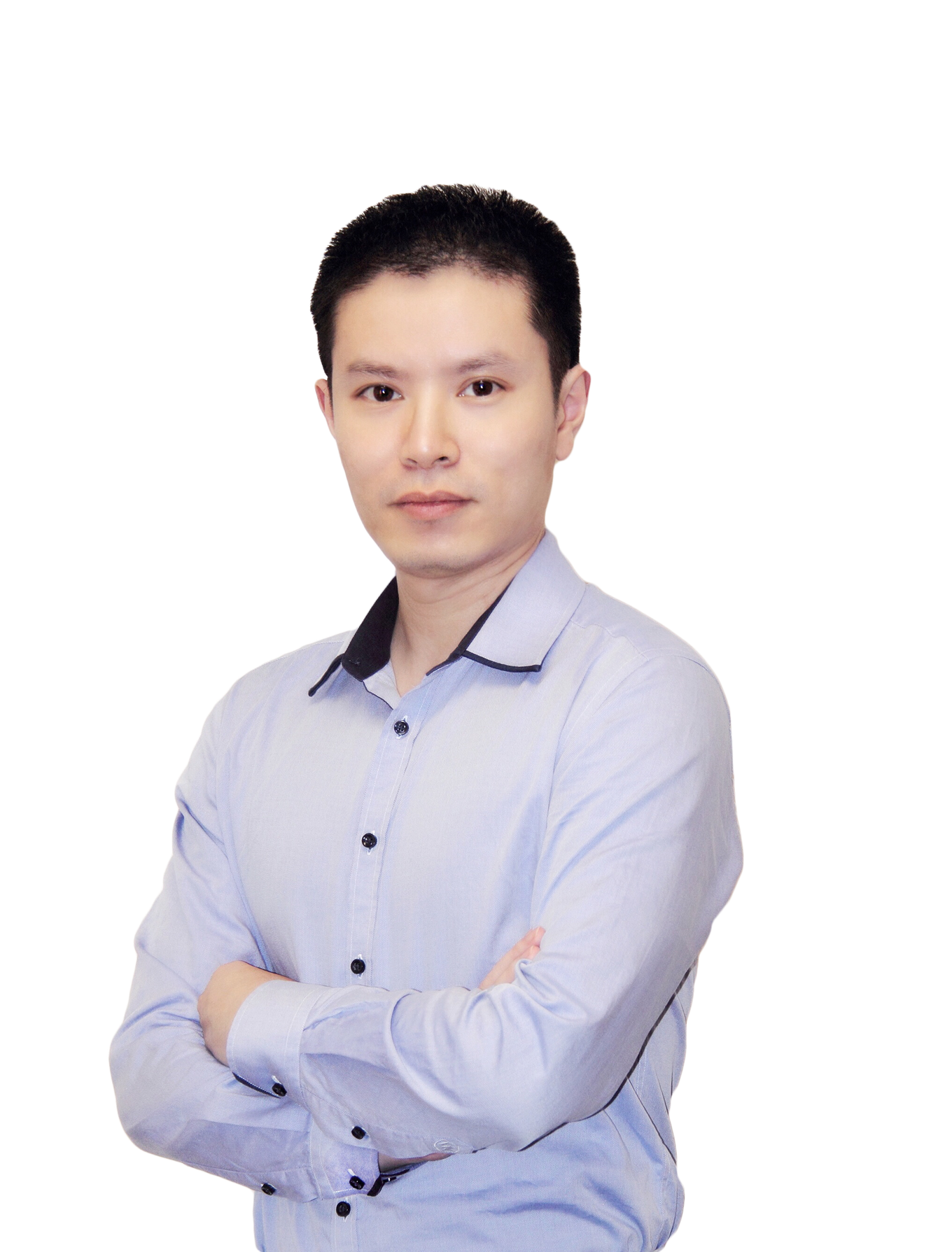Nanotechnology & materials
Ji Liu
Created a new bionic design of soft materials

China
Yihao Yang
Realized several photonic topological materials which allow light to pass through obstacles without loss

Asia Pacific
Po-Yen Chen
Assembling 2D Materials into Stretchable Electronics and Soft Robotics

China
Ding Zhang
Discovered a new type of two-dimensional superconducting materials

Latin America
Alejandra Cuba
Her biodegradable packaging made from food industry waste reduces pollution and promotes the circular economy.
